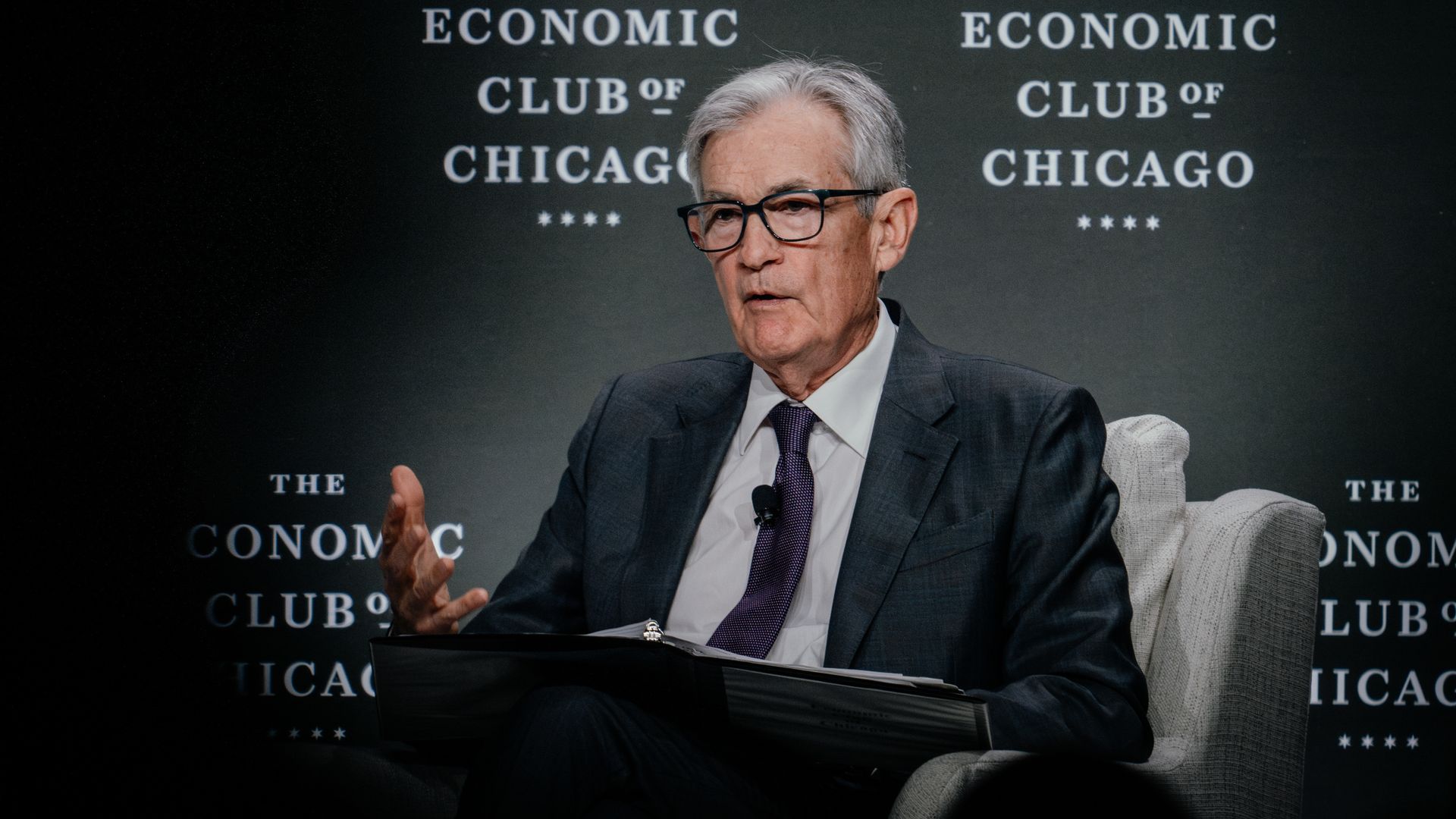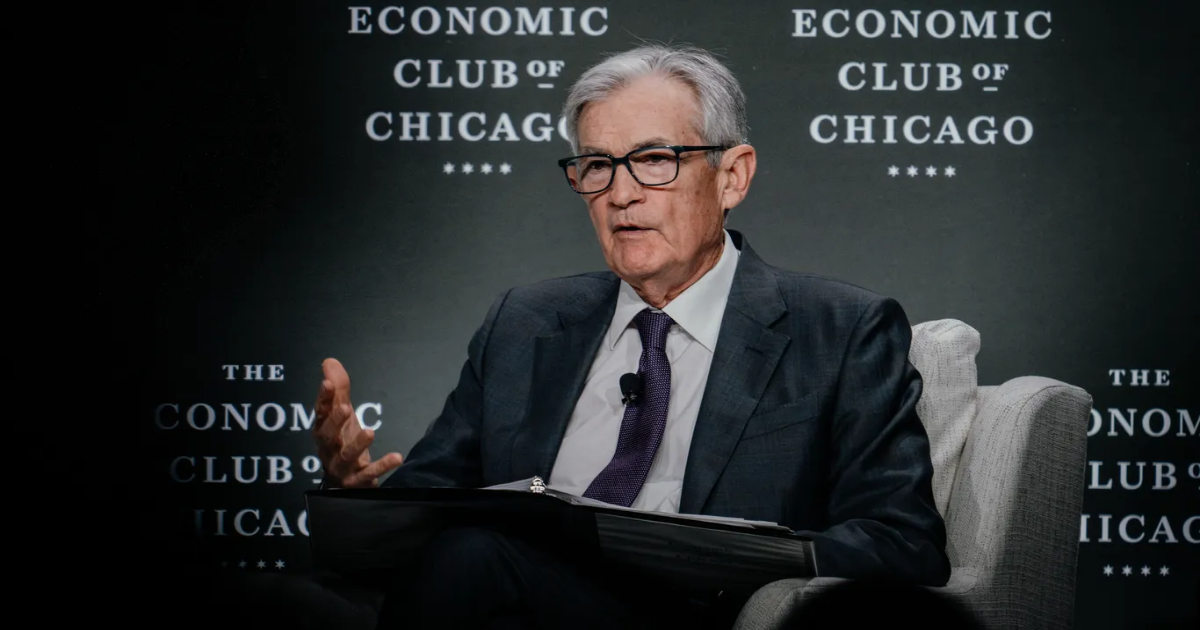
President Trump’s latest social media tirade against Fed Chair Jerome Powell is raising the possibility of an unprecedented — and experts say prohibited — use of executive power.
Why it matters: Trump may want to remove the country’s most powerful economic policymaker, but it won’t be as easy as telling him, “You’re fired!” He’d likely need an assist from the Supreme Court — one some of its conservative justices have already signaled they’re open to providing.
Catch up quick: Trump took to Truth Social Thursday to blast Powell, a day after the Fed chairman warned Trump’s tariff regime could reignite inflation.
- Powell’s assessment was a “typical, complete ‘mess!,'” Trump wrote, adding, “Powell’s termination cannot come fast enough!”
Context: The Federal Reserve Act, which established the Fed more than a century ago, spells out that the central bank’s governors are to serve 14-year terms. They can only be dismissed for cause, which courts have generally interpreted to mean malfeasance, not policy disputes.
- Powell, whose term runs through May 2026, has said removal of top officials from the independent central bank is “not permitted under the law.”
Here is what to know about removing a Fed chair:
Can presidents remove members of independent agencies?
Scholars often point to a 1935 Supreme Court decision they say backs the Federal Reserve Act’s cause for termination clause, the Wall Street Journal reported.
- In the case, Humphrey’s Executor v. United States, the high court blocked then-President Franklin D. Roosevelt from booting a commissioner off the Federal Trade Commission.
- That precedent prohibits commissioners at independent agencies from being fired at will.
State of play: The Supreme Court will soon hear a case that could alter or undermine that protection, Axios’ Courtenay Brown reported. However, Powell doesn’t believe that case will apply to the Fed.
- “Generally speaking, Fed independence is very widely understood and supported in Washington — in Congress, where it really matters,” Powell said Wednesday.
Yes, but: Trump’s Justice Department signaled earlier this year that it would seek to overturn the Humphrey’s Executor precedent, which would significantly expand the executive branch’s power.
- Andrew Ferguson, Trump’s new FTC chair, told Axios in February that he agreed the precedent was “wrongly decided, is deeply anti-democratic, and ought to be overruled.”
Flashback: In 2020, the Supreme Court ruled the president could fire the head of the the Consumer Financial Protection Bureau at will.
- Justices Clarence Thomas and Neil Gorsuch said at the time they would have overturned Humphrey’s Executor entirely, calling it “erroneous precedent.”
What if Trump tries to fire Powell?
Cue the court fight.
- If a legal battle ensues, the Supreme Court would likely have to clarify whether Humphrey’s Executor applies to the chair of the Fed’s Board of Governors.
- In that scenario, Powell could stay on the Fed’s Board through the appeals process and until the high court issued its final opinion, per Brookings.
What to watch: If Trump signals he will move to fire Powell, the Fed chair could technically resign and forgo a legal battle by truncating his term, according to Brookings.
